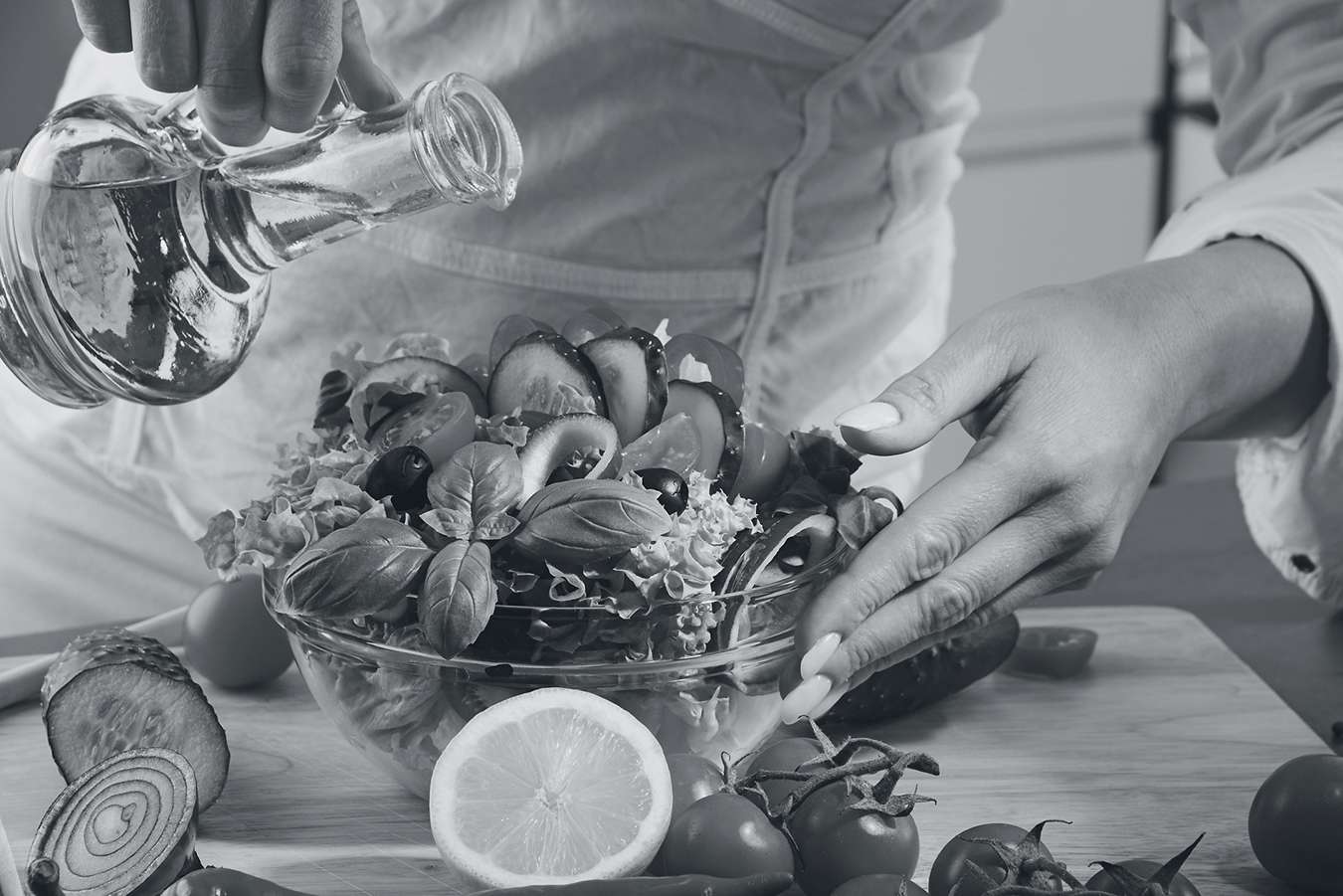
Key Growth Trends Affecting Olive Oil Production: Health and Wellness
Oct, 2022
Over the past three decades, olive oil consumption has nearly doubled. With exports reaching 634,000 tons in 2020/2021, the European Commission believes exports will accelerate up until 2030 at the very least. One of the driving forces behind demand is the abundance of health benefits associated with olive oil.
Health and wellness have been a defining movement in recent years and continue to play an important role in purchasing decisions. From younger shoppers committed to purchasing products that support their healthy lifestyle, to older consumers engaged in the pursuit of “healthy aging”, immune-boosting, “better for you” ingredients are a key trend.
Olive oil’s rising popularity is partly due to how it fits these ideals. Long hailed as a heart-healthy fat, recent studies by the Journal of the American College of Cardiology suggest that just a tablespoon a day will help with a reduction in cardiovascular diseases and help bolster metabolism. Packed with antioxidants that can help fight disease, olive oil and specifically extra virgin olive oil (EVOO) has powerful health benefits. Antioxidants help to reduce the risk of chronic disease, while vitamin E supports a normal immune system. Researchers have found that a diet heavy in olive oil is particularly successful in lowering some heart risks because of its monounsaturated fat content which helps control cholesterol levels.
Olive Oil at the Core of Mediterranean Cuisine
Olive oil is also widely used because of the increasing popularity of food dishes that use it. Olive oil is a common ingredient in salad dressings, vegetable dishes and desserts across southern European, Middle Eastern and North African cuisines. The nutritional value of these Mediterranean cuisines is universally acknowledged, with several European countries having already adopted the Mediterranean diet as part of their national dietary guidelines. Widely accepted by medical professionals as providing extended health benefits, it’s become a popular diet followed by health-conscious consumers globally.
Biggest Challenges In Olive Oil Production
The biggest challenge that olive oil producers face today is consistently producing high-quality olive oil with a cost-effective process that reduces product loss. EVOO characteristics are sensitive to impurities and oxygen pickup. Production challenges include reducing turbidity, moisture, wax content, and other insoluble impurities. Without adequate filtration steps in place, these elements will affect the appearance and shelf life of olive oil. As consumers expect to see a clear olive oil, this will affect the perceived quality of the oil in the market.
Increasing the Value of Olive Oil with Pall SUPRApak™ Technology
Impurities in olive oil need to be dealt with effectively by filtration technology to compete in this growing market. Pall’s SUPRApak technology allows olive oil producers to achieve premium quality, high-value oil using an easy-to-use filtration process. The new SUPRApak depth filter modules take the traditional depth filter sheets for olive oil filtration to the next level. SUPRApak's module platform uses a unique edge flow principle that maximizes the adsorption capacity of its depth filter sheet media.
To find out more about the trends in olive oil production and our filtration solutions to help maintain stability and preserve the healthy qualities of olive oil, take a look at our olive oil bulletin.
Subscribe to our blog to stay up-to-date on the latest food and beverage insights and trends
- Category
- Author
- Sort By




